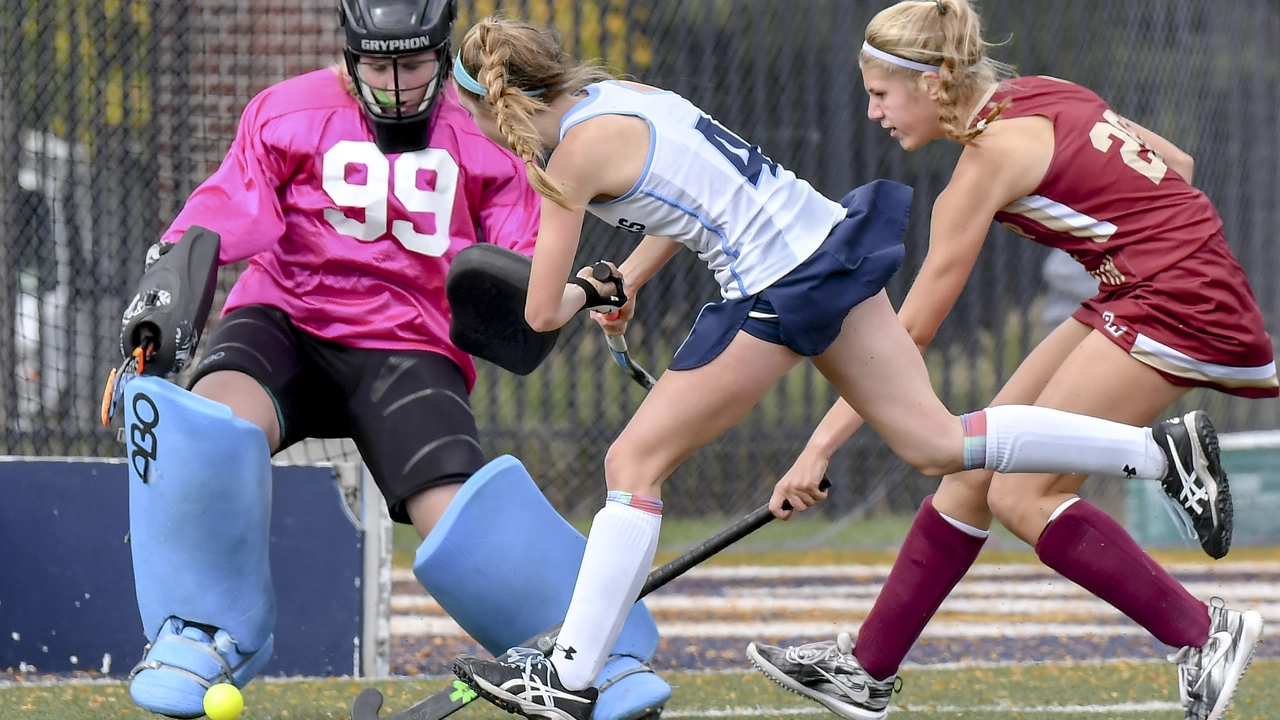
Introduction to Hockey's Rough and Tumble Nature
Now, everybody knows hockey isn't a sport for the faint of heart. Being encased in padding and skirting around an ice rink at high speed while trying to control a small puck might seem like fun, and it is, until you consider the potential for a swift and accidental club to the face. Ouch indeed, right? But hey, that's what helmets are for! However, there is a line that, if crossed, will get a player thrown out of a game. Interestingly, it's not always about how hard you hit — there are a host of other actions that can lead to expulsion as well.
Basics of Rule Infractions
Now, I do believe that it would be prudent to clarify the different types of penalties before we move on. Anyone who's watched a game will know that penalties are a common part of hockey. Sometimes these are minor, sometimes they're major, and sometimes they're so severe that they lead to a player's removal from the game altogether. It's a fascinating array of transgressions that can end up with a player being shown the door. Naturally, it includes the obvious like fighting and severe bodily harm, but other infractions may surprise you.
Understanding Major Penalties
So, here's the thing. The easiest way to get thrown out of a game is by earning a game misconduct. Before I lose you in the jargon, let's define that: a game misconduct is a penalty for an action so severe that the offending player is expelled from the remainder of the game. Some of these can even lead to additional penalties like suspensions or fines. Typically, violent conduct that can result in injury is a surefire way to achieve this undesirable accolade.
Stick-swinging: A Dangerous Game
In the early days of my hockey viewing experience, I noticed something worrying - players occasionally swinging their sticks like they were competing for the major leagues in a wholly different type of game. Turns out, this is called stick-swinging and is one of the quickest ways to buy a one-way ticket out of the game. Stick-swinging in a violent manner can lead to severe injuries, and as such, is a big no-no. Beware though, the rule applies even if your swing doesn't connect with another player. Intent matters here.
Tackling with Intent to Injure
You might be tempted to think, "Well, Phil, hockey is a physical sport, right? There have to be some collisions." And you'd be right! However, there's a significant difference between an unintended collision that occurs due to the fast-paced nature of the game, and a tackle made with the express intent of injuring another player. The latter will see the participant turfed out faster than you could say "unnecessary roughness".
Over-Prolonged Fisticuffs
Now, hockey is one of those rare sports where fighting hasn't been completely outlawed. Sounds fun, right? Wrong! There's a limit to everything, and the same holds for on-ice fistfights. While an occasional scuffle might be tolerated, any fight that goes on for a prolonged period of time or involves more than the two initial combatants is grounds for immediate expulsion. Remember guys, it's hockey, not a prize fight!
Engaging with Officials: A Paths Forbidden
Another fascinating aspect that can lead to immediate dismissal is, believe it or not, engaging with the officials in an inappropriate manner. This doesn't necessarily mean physical altercation – even verbal abuse or deliberate non-compliance with the directives of an official can lead to a player's expulsion. As in most sports, respect for game officials is paramount in hockey.
Avoiding Expulsion: Hockey Etiquette 101
To wrap things up, let's review some important points. Don't swing your stick like you're going for a home run, don't tackle with intent to injure, avoid getting into overly prolonged fistfights, and always respect the officials. Essentially, you want to maintain hockey etiquette while you're on the ice. Yes, it’s a fast-paced, often tumultuous game but remember, it’s still a game, meant to be enjoyed by both the players and spectators alike.
Sidebar: My own Brush with Hockey Law
As a final note, I wanted to mention a rather hilarious occurrence from my own foray into the world of amateur hockey, if only for the mirth it will undoubtedly bring. During a casual scrimmage, I became entangled with an opponent, the end result being a spectacular fall that saw my stick fly up and – unintentionally, I assure you – almost come into contact with the referee. Amid laughs from the spectators and my own embarrassment, I found myself wondering if I'd be sent off. Thankfully, the referee recognized my lack of malintent, but it served as a reminder - in hockey, as in life, you're always one wild swing away from breaching the rules!


